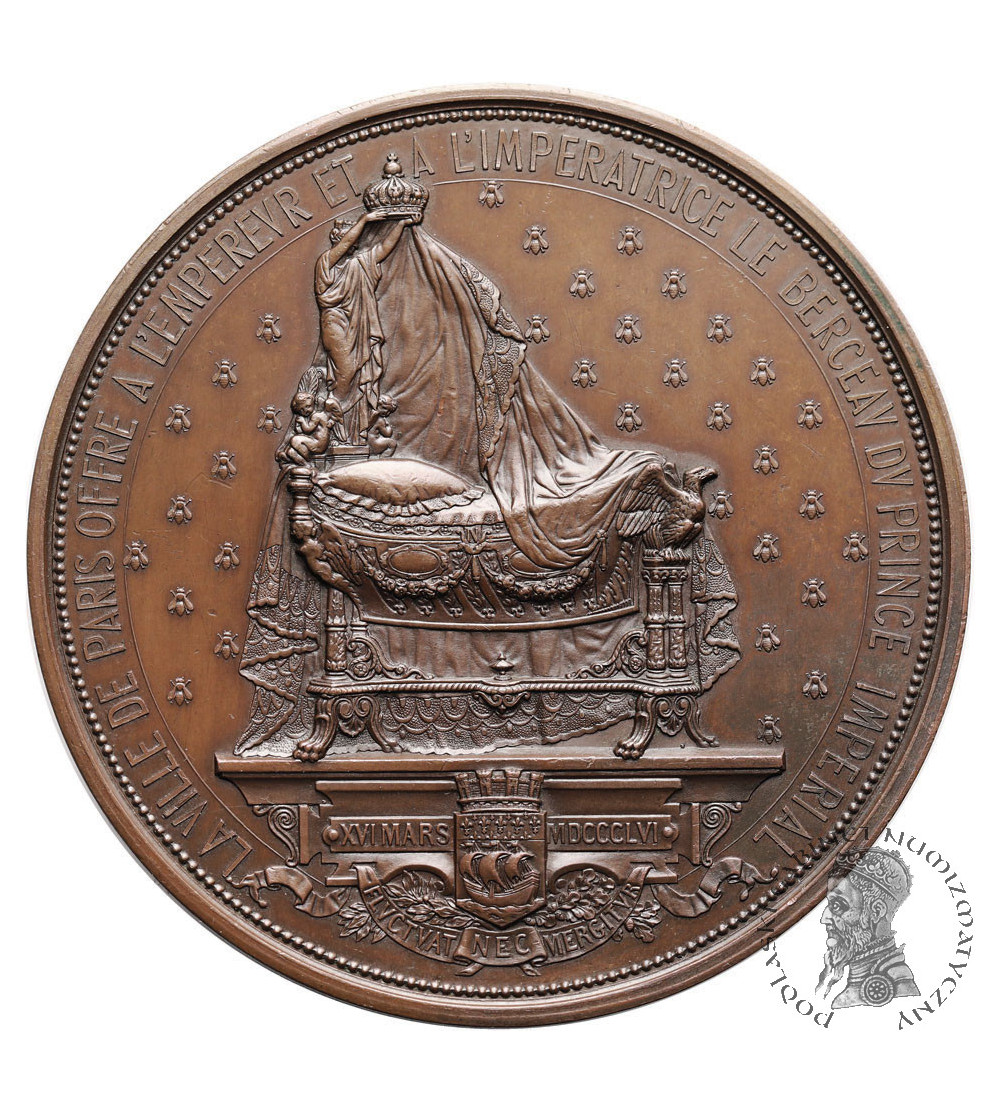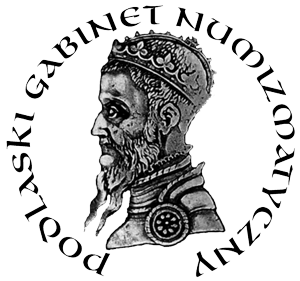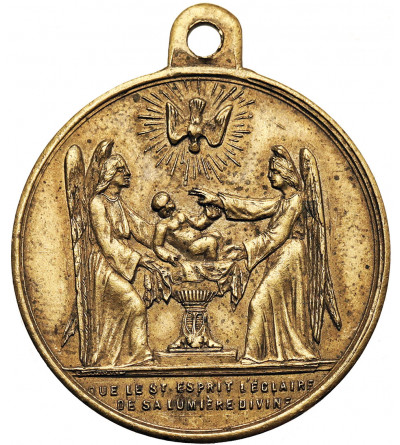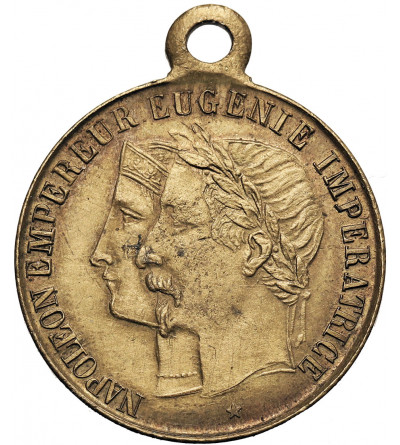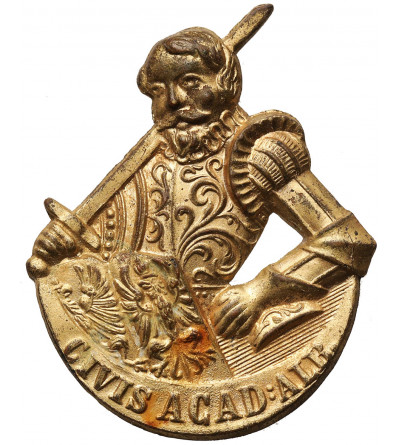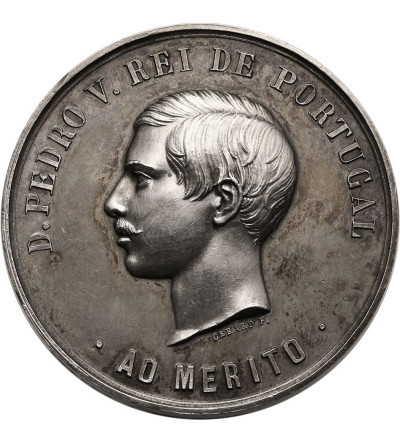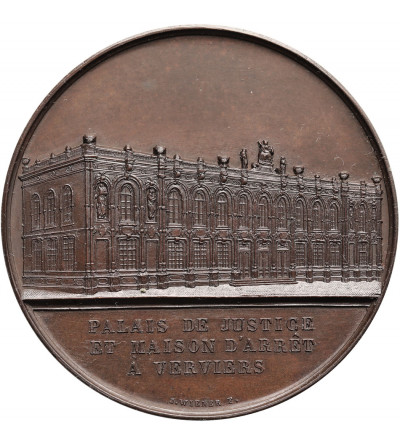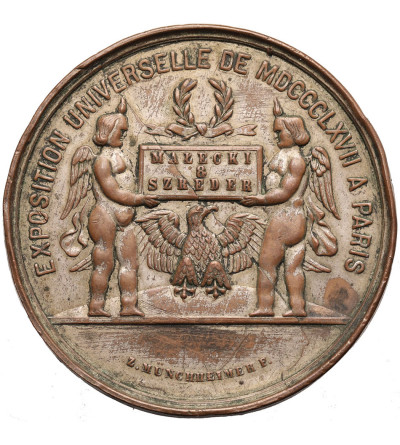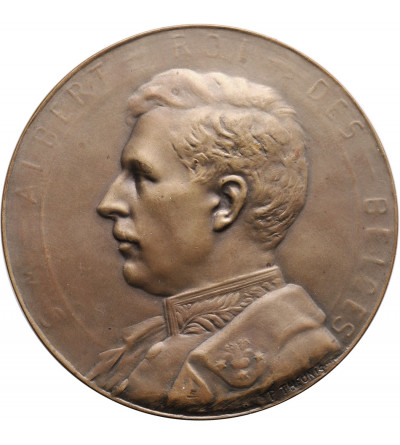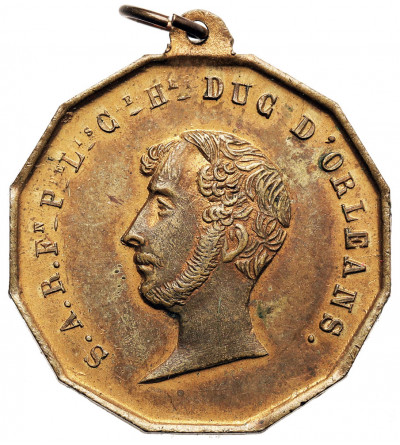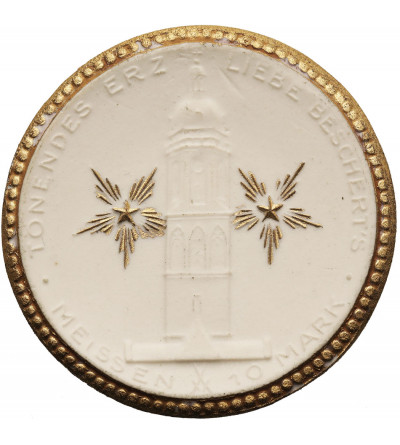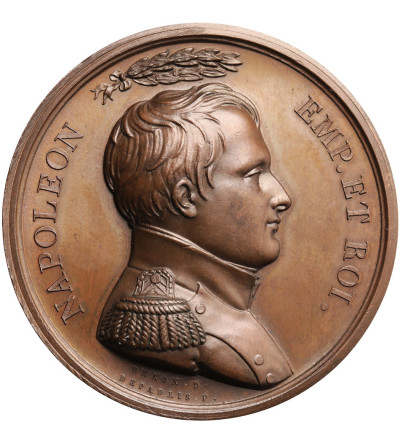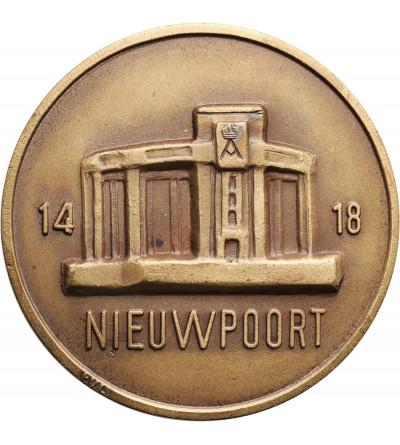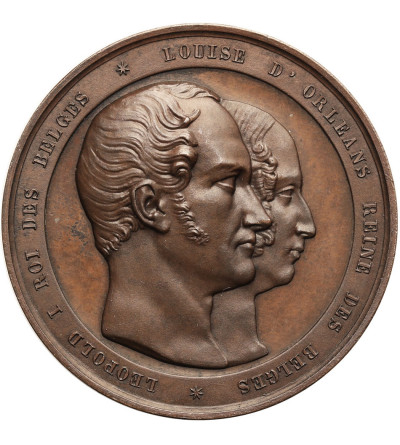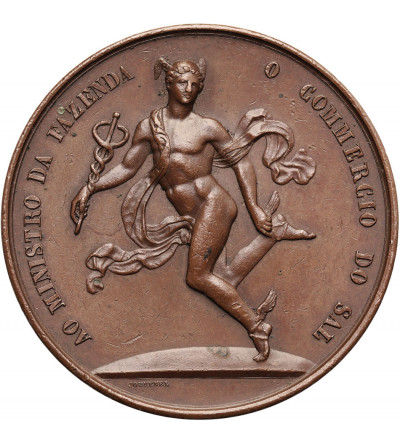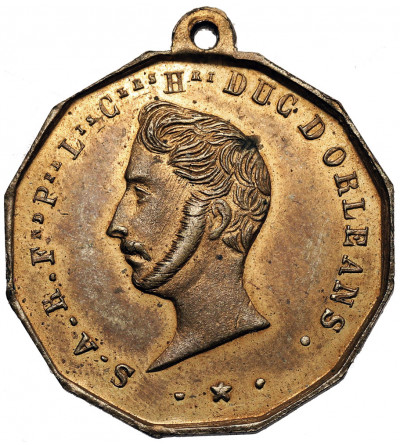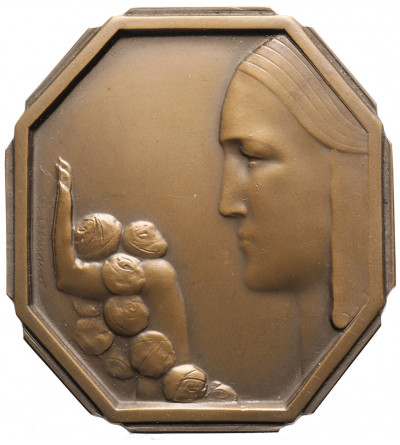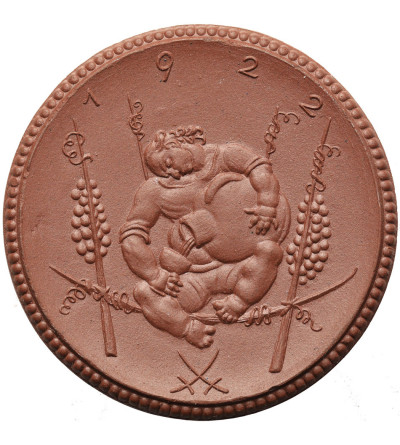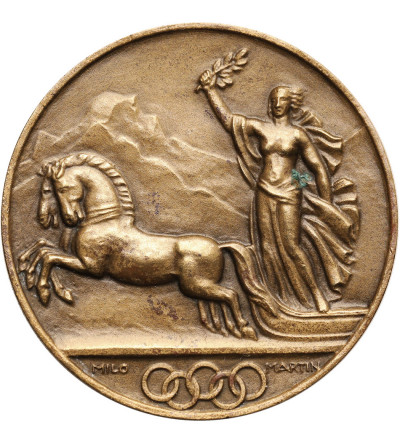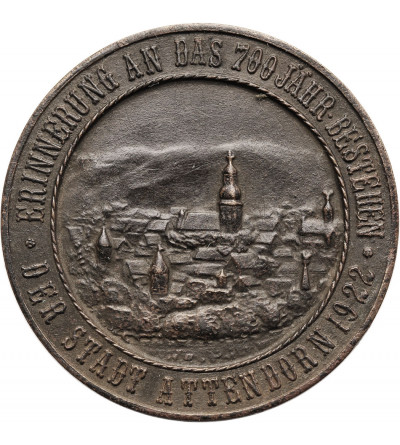Napoléon, Prince Imperial (Napoléon Eugène Louis Jean Joseph Bonaparte; (16 March 1856 – 1 June 1879), also known as Louis-Napoléon, was the only child of Napoleon III, Emperor of the French, and Empress Eugénie. After his father was dethroned in 1870, he moved to England with his family. On his father's death in January 1873, he was proclaimed by the Bonapartist faction as Napoleon IV. Serving in the British Army during the Anglo-Zulu War of 1879, the Prince, with only a small escort, set out on the morning of 1 June, 1879, on a small reconnaissance mission. His superior officers believed that area around Mount Itelezi was clear of enemy presence. At about 2.30pm, the party arrived at a kraal (cattle enclosure) near to the site where the Itytyosi and Tombakala rivers join. Finding recent traces of Zulu presence, the party stopped to investigate. No guard was posted, however, and no efforts were made to prepare for any attack. Whilst the Prince made sketches of the area and the party prepared to leave, about forty Zulus appeared and ambushed the group. The Prince's horse bolted as he tried to mount it, and his right arm was crushed as he slipped from the saddle. Firing his revolver at the attackers, he was speared in the leg and shoulder by assegais. Eventually he was overwhelmed and fell, having received eighteen separate wounds. His body was disembowled, a common Zulu ritual to prevent his spirit pursuing the killers in the afterlife. He was initially buried at Chislehurst before being transferred to the mausoleum at Saint Michael's Abbey in Farnborough. (source: napoleon.org) His early death caused an international sensation and sent shockwaves throughout Europe, as he was the last serious dynastic hope for the restoration of the House of Bonaparte to the throne of France.
